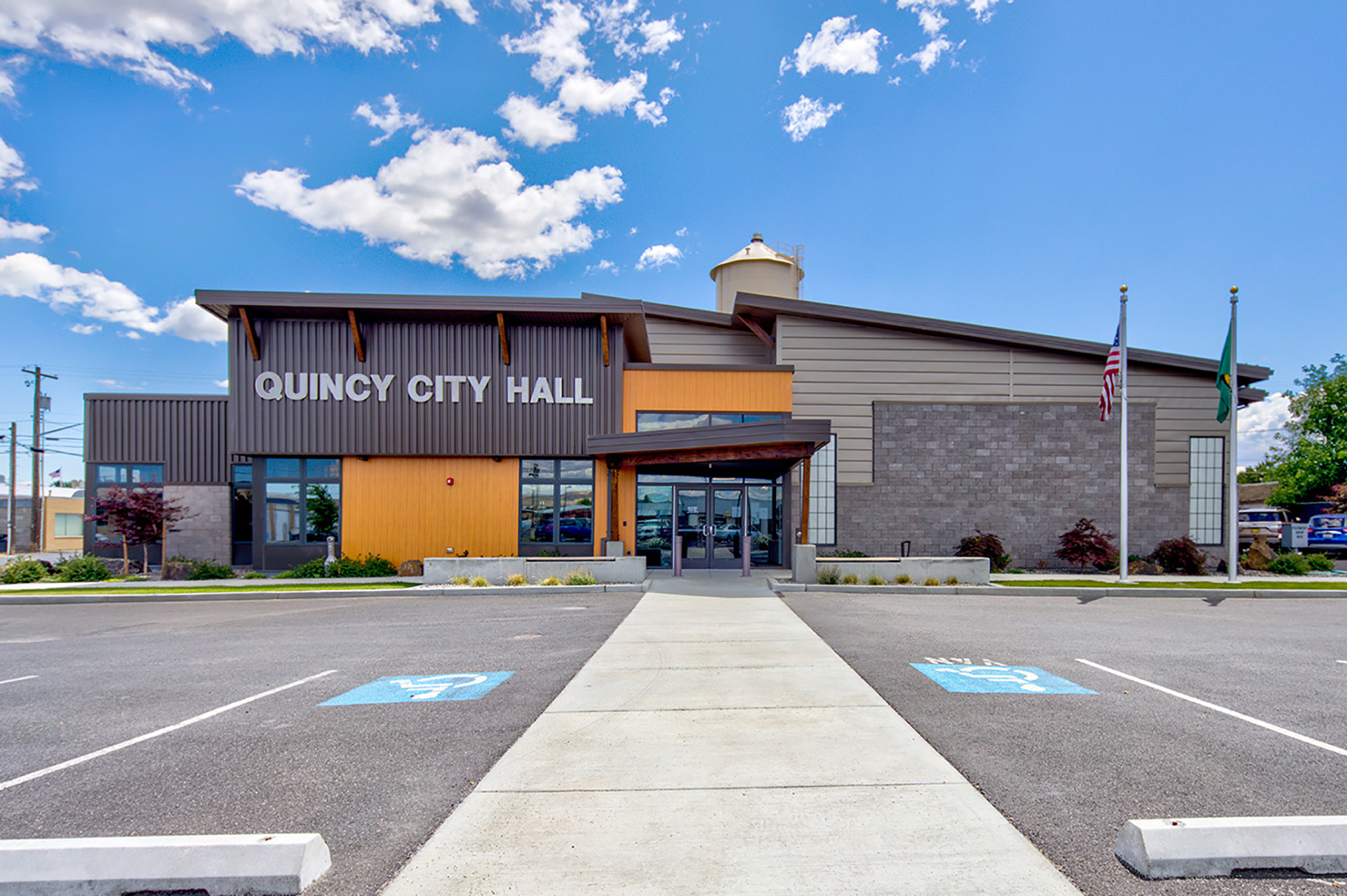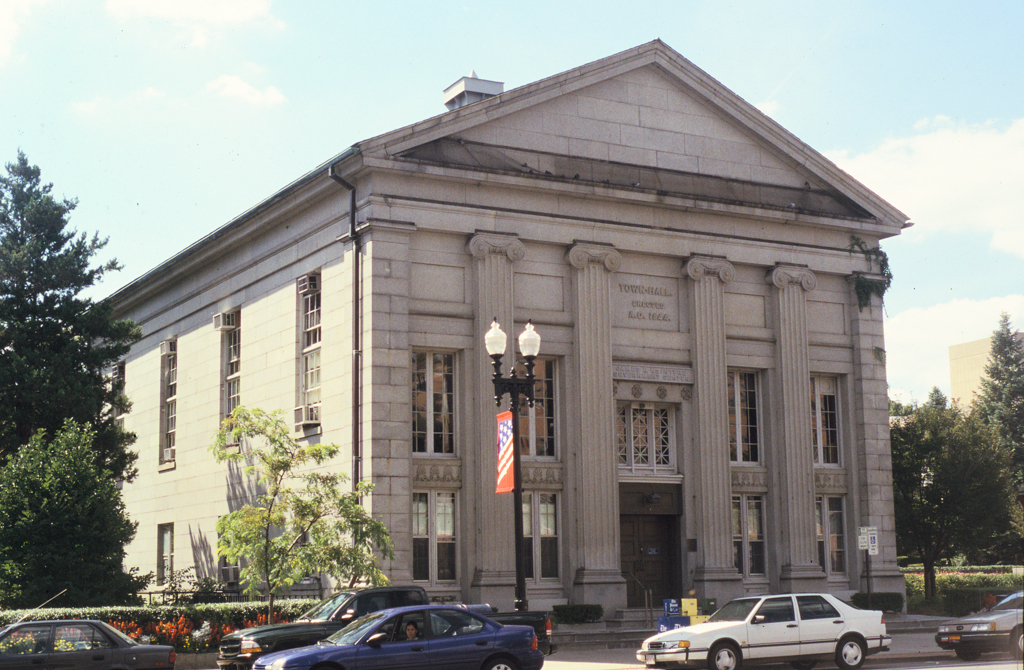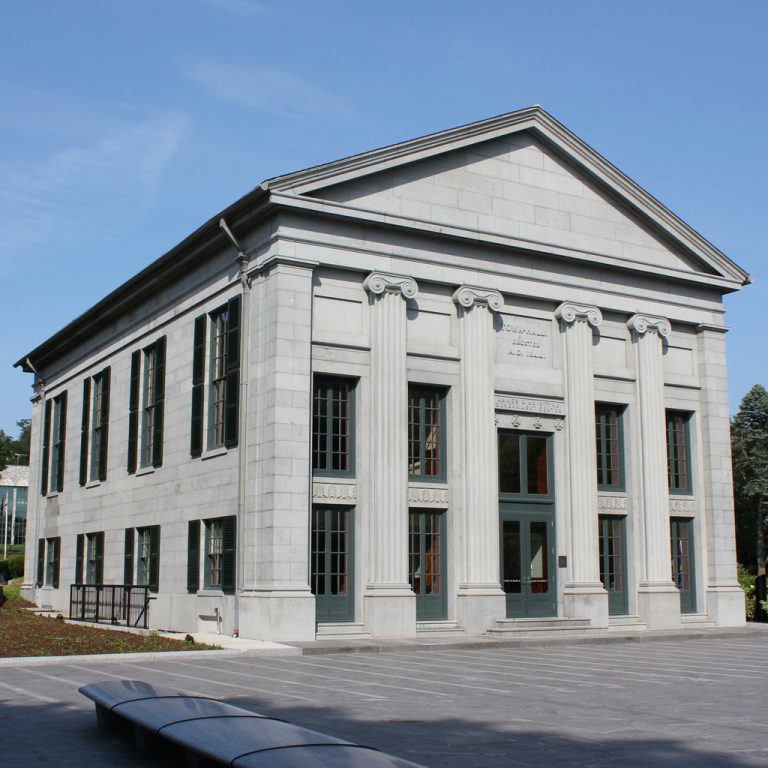Quincy Hall’s History and Architecture

Quincy Hall, a prominent landmark in Boston, Massachusetts, boasts a rich history and an architectural style that reflects its evolution over time. Its construction, original purpose, and subsequent renovations have shaped the building into the iconic structure it is today.
Construction and Original Purpose
Quincy Hall was constructed in 1825 and originally served as a market hall. The building was named after Josiah Quincy, the mayor of Boston at the time, who played a crucial role in its development. The market hall provided a central location for farmers and merchants to sell their goods to the city’s residents.
Architectural Style
Quincy Hall is a fine example of the Greek Revival architectural style, popular in the United States during the early 19th century. The building features several key elements of this style, including:
- Classical Columns: The exterior of Quincy Hall is adorned with a series of fluted Doric columns, a hallmark of Greek Revival architecture. These columns, made of granite, support a robust entablature, giving the building a sense of grandeur and permanence.
- Simple and Symmetrical Design: The overall design of Quincy Hall is characterized by its simplicity and symmetry. The building’s facade is balanced, with a central entrance flanked by two identical wings. This symmetrical layout was a defining feature of Greek Revival architecture, reflecting a desire for order and harmony.
- Use of Natural Materials: The building’s construction utilizes natural materials, including granite for the columns and walls, and timber for the roof structure. This choice of materials reflects the era’s emphasis on practicality and durability, as well as a connection to the natural world.
Renovations and Changes
Quincy Hall has undergone several renovations and changes throughout its history. In the late 19th century, the building was expanded to accommodate the growing needs of the city. During the 20th century, Quincy Hall was renovated to modernize its interior and improve its functionality. The building has also been used for various purposes over the years, including a retail center, a public market, and a cultural venue.
The Legend of Quincy Hall’s Metal Teeth: Does Quincy Hall Have Metal Teeth

The legend of Quincy Hall having metal teeth is a curious tale that has persisted for generations among students and alumni of Harvard University. This story, while likely apocryphal, reflects the enduring power of folklore and the fascination with the enigmatic figure of Josiah Quincy, the university’s third president.
Origins and Possible Historical Basis
The origin of the legend is shrouded in mystery, but it is likely a product of the confluence of several factors. Josiah Quincy, a prominent figure in early American history, was known for his strong personality and unwavering principles. He was also a staunch advocate for the institution of slavery, which may have contributed to the negative perception of him in later years. Additionally, the architectural style of Quincy Hall, with its imposing facade and high ceilings, may have fostered an atmosphere of mystery and intrigue.
The legend of Quincy Hall’s metal teeth likely emerged as a way to explain Quincy’s perceived harshness and to satirize his legacy. There is no historical evidence to support the claim that Quincy actually had metal teeth. However, the legend may have been inspired by the fact that Quincy was known to have a strong jawline and a firm, almost iron-like resolve.
Different Versions and Interpretations, Does quincy hall have metal teeth
The legend of Quincy Hall’s metal teeth has been passed down through generations of students, and as with any oral tradition, it has evolved and been embellished over time. Some versions of the story suggest that Quincy’s metal teeth were a result of a war injury, while others claim that he had them implanted as a way to intimidate his enemies.
One common interpretation of the legend is that it represents the students’ fear and awe of the university’s administration. Quincy Hall, as the site of many important administrative offices, may have been seen as a symbol of authority and power. The legend of the metal teeth could have been a way for students to express their anxieties and frustrations with the university’s rigid rules and expectations.
Another interpretation suggests that the legend is a playful jab at Quincy’s legacy. Students may have been using the legend as a way to poke fun at Quincy’s perceived sternness and to challenge the authority of the university.
Regardless of its origins, the legend of Quincy Hall’s metal teeth remains a fascinating example of the enduring power of folklore. It serves as a reminder that even in the hallowed halls of academia, stories and myths can take on a life of their own.
Exploring the Truth Behind the Legend

The enduring tale of Quincy Hall’s metal teeth raises intriguing questions about its origins and plausibility. While the legend has captivated generations, it is essential to examine the historical facts and architectural realities to determine its validity.
Analyzing the Plausibility of Metal Teeth
The plausibility of Quincy Hall having metal teeth is highly questionable. Firstly, the construction of the building dates back to the 19th century, a period when metalworking techniques were not as advanced as they are today. Creating and installing metal teeth on such a massive scale would have been a complex and expensive undertaking, posing significant engineering challenges. Secondly, the architectural style of Quincy Hall, a classic example of Victorian architecture, does not suggest the use of such unconventional materials. Victorian architecture is renowned for its intricate details, often crafted from wood, stone, or brick, not metal. Finally, there is no historical documentation or contemporary accounts mentioning metal teeth on the building. The absence of such evidence casts further doubt on the legend’s authenticity.
Evidence for and Against the Legend
While no concrete evidence supports the existence of metal teeth on Quincy Hall, the legend’s persistence suggests its deep-rooted presence in local folklore. Some individuals claim to have witnessed unusual features on the building that could be interpreted as metal teeth, although these accounts are anecdotal and lack verifiable proof. On the other hand, the absence of any documented evidence, including architectural plans, photographs, or written accounts from the building’s construction period, strongly contradicts the legend. Furthermore, the lack of any scientific investigations or analyses of the building’s structure to confirm the presence of metal teeth further diminishes the legend’s credibility.
Comparing the Legend with Similar Stories
The legend of Quincy Hall’s metal teeth is reminiscent of similar stories and myths about buildings or historical figures. For example, the tale of the “Iron Man” of New York City, a legendary figure said to have been buried alive in the foundation of a building to ensure its stability, shares a similar theme of incorporating unconventional elements into architecture for superstitious or protective purposes. Another example is the legend of the “Devil’s Footprints” in Devon, England, where mysterious tracks in the ground were attributed to the devil himself. These stories, like the Quincy Hall legend, are often rooted in local folklore and serve as cautionary tales or explanations for unexplained phenomena. While the Quincy Hall legend may lack the same level of historical significance as some of these other stories, it demonstrates the enduring power of folklore and the human tendency to create myths and legends to explain the unknown.
Does quincy hall have metal teeth – The question of whether Quincy Hall has metal teeth may seem trivial, but it invites us to ponder the nature of appearances. Just as the imposing facade of a building can conceal its true purpose, so too can a seemingly ordinary individual possess hidden strengths.
Consider the indomitable spirit of el bakkali , a Moroccan athlete who defied expectations to become a champion. Perhaps Quincy Hall, like el bakkali, possesses a strength that is not immediately apparent, a hidden power that shines through in unexpected ways.
The question of whether Quincy Hall has metal teeth might seem frivolous, but it reminds us that the pursuit of knowledge can be as challenging as the men’s steeplechase final. Both require resilience, determination, and the ability to overcome obstacles.
Just as the steeplechase runner leaps over hurdles, we must overcome our own internal barriers to discover truth, even if it involves questioning the seemingly mundane.